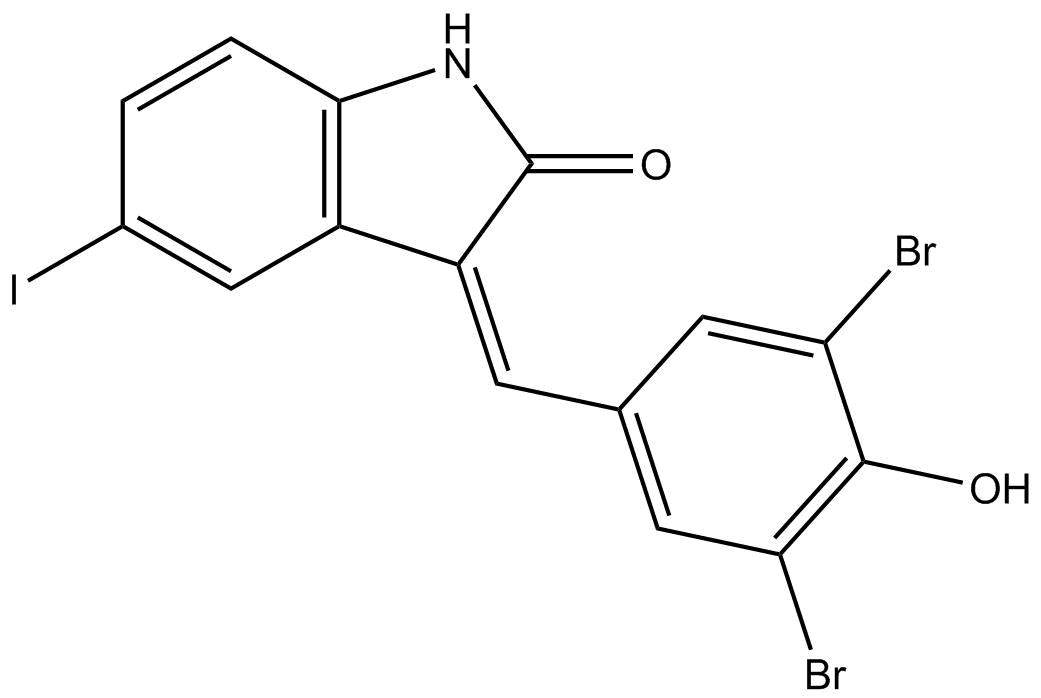Archives
br NGS Panel for Diagnosis of
NGS Panel for Diagnosis of Early and Severe Forms of Polycystic Kidney Disease
Polycystic kidney disease (PKD) is one of the most common potentially life-threatening human genetic disorders, and early and severe PKD occur in patients with the autosomal recessive form (ARPKD) and 2–5% of the autosomal dominant form (ADPKD). PKD is highly genetically heterogeneous, making genetic testing difficult. Carsten Bergmann (Ingelheim, Germany) and colleagues have developed a novel customized sequence capture-based NGS panel for PKD that targets 95 genes. The authors analyzed a cohort of 308 patients with early and severe PKD, and found that the majority of patients carried mutations in PKD1, PKD2 and PKHD1, however a subgroup harbored mutations in genes related to other ciliopathies (e.g., nephronophthisis, Joubert, Meckel, and Bardet–Biedl syndrome). They demonstrated that PKD1 is a driver for early and severe manifestations in families with ADPKD. Notably, mutations in both ADPKD genes (PKD1 and PKD2) can also be identified in ARPKD patients. The authors proposed a dosage-sensitive model for early and severe forms of PKD, and their NGS panel allows parallel analysis of all disease genes including PKD1 which plays a decisive role in cyst initiation. An accurate genetic diagnosis is crucial for genetic counseling, prenatal diagnostics and the clinical management of patients.
Bortezomib (a.k.a. as velcade or PS-341) is used in the clinic to treat multiple myeloma (MM) and mantle cell lymphoma (). In addition to the pharmacokinetic properties of the drug, the effectiveness of the bortezomib depends largely on the difference in drug sensitivity of the target (cancer) vegf tyrosine kinase inhibitor compared with other cells in the body. For bortezomib this is particularly relevant as it targets a protein complex that is essential for life in all cells. Thus, it is of fundamental importance to understand why different cells show different levels of sensitivity to this drug. The work presented in this issue of by , provides a new and intriguing explanation for the exquisite sensitivity of multiple myeloma cells to bortezomib.
Bortezomib targets one of three active sites of the proteasome. This was already known before it was developed as drug and has been confirmed through crystallization studies, showing in molecular detail that bortezomib interacts with the chymotrypsin-like active site in the proteasome, subunit PSMB5 (). Proteasomes are important for the degradation of short-lived proteins in the cell. As a consequence proteasome activity is crucial for many cellular processes, ranging from cell cycle regulation to signal transduction pathways and from DNA repair to antigen presentation by MHC class I. Despite a wealth of knowledge concerning these different aspects, we still don\'t understand why low levels of proteasome inhibitor are lethal for MM cells, whereas other cells are much more tolerant of proteasome inhibitor. One early rationale was that MM cells depend more than other cells on the NF-κB pathway, where IκBα needs to be degraded by the proteasome. However, this does not explain the difference in sensitivity (). An alternative explana tion is that the proteasome in MM cells has a much higher workload as compared with other cells (). As a result modest inhibition would directly be detrimental for this cell type, while other cell types can buffer this reduced capacity. Neither these, nor other explanations put forward so far, have been fully satisfying in light of published literature (). Identifying the factors that contribute to the differences in sensitivity is important, as it would greatly facilitate drug development as well as help understand and predict patient responses to bortezomib treatment for MM and other cancers.
The work by Pitcher et al. starts with the observation that challenging an MM cell line with a lethal 10nM concentration bortezomib causes an almost complete inhibition of proteasome activity, as measured with the peptide substrate LLVY-amc. Control cell lines, to which 10nM bortezomib is not lethal, showed a substantial higher level of remaining proteasome activity. Thus, the mechanism responsible for severe inhibition might provide important clues towards the specificity and efficacy of proteasome inhibitor drugs.
tion is that the proteasome in MM cells has a much higher workload as compared with other cells (). As a result modest inhibition would directly be detrimental for this cell type, while other cell types can buffer this reduced capacity. Neither these, nor other explanations put forward so far, have been fully satisfying in light of published literature (). Identifying the factors that contribute to the differences in sensitivity is important, as it would greatly facilitate drug development as well as help understand and predict patient responses to bortezomib treatment for MM and other cancers.
The work by Pitcher et al. starts with the observation that challenging an MM cell line with a lethal 10nM concentration bortezomib causes an almost complete inhibition of proteasome activity, as measured with the peptide substrate LLVY-amc. Control cell lines, to which 10nM bortezomib is not lethal, showed a substantial higher level of remaining proteasome activity. Thus, the mechanism responsible for severe inhibition might provide important clues towards the specificity and efficacy of proteasome inhibitor drugs.